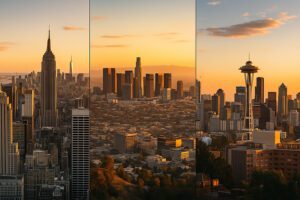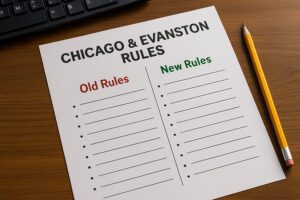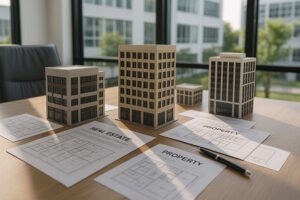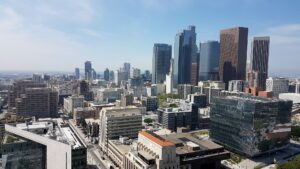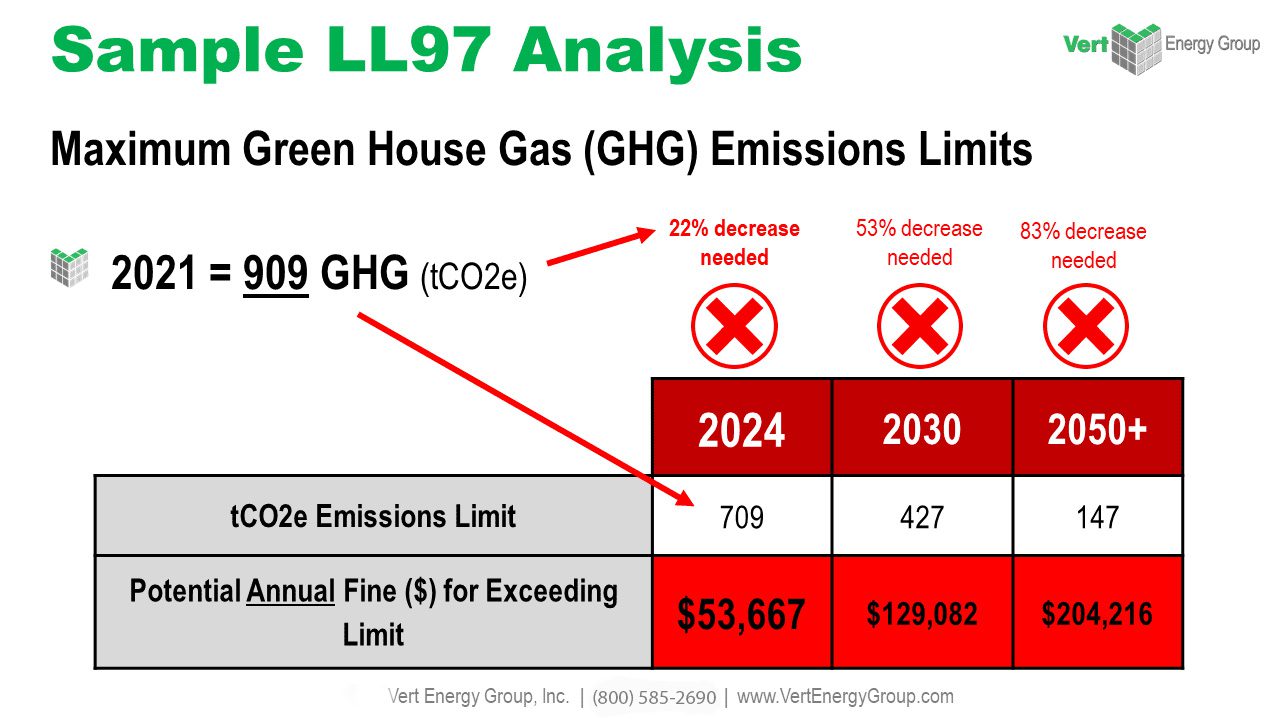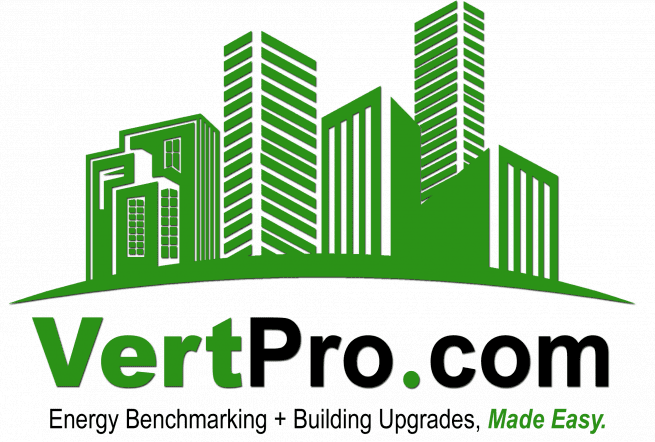Many Boston property owners think they’re compliant, but Q2 is when the truth shows up in audits. With the BERDO reporting deadline of May 15 officially passed, the City of Boston is now deep into reviewing what building owners have submitted, scrutinizing everything from energy usage data and emissions figures to BERDO Third-Party Verification in Boston documentation. If your reports are incomplete, use outdated metrics, or miss any of the BERDO 2.0 requirements, you could be flagged for non-compliance. Q2 isn’t just a follow-up period—it’s the stage when the city begins identifying who’s truly aligned with the Boston building emissions standards and who isn’t. And for those who think timely reporting was the finish line, think again. The compliance process doesn’t end with submission; it ends with verification and accuracy. This is the quarter where even small oversights, like forgetting to upload verification letters or misreporting emissions, can trigger audits, fines, or warnings.

That’s why understanding your full Q2 responsibilities is so important—and why we created this guide. This post breaks down your BERDO Boston 2025 compliance roadmap for the months ahead. We’ll cover how to comply with the updated Boston energy benchmarking law, how to double-check your emissions limits, and how to avoid penalties for non-compliance before enforcement measures begin. Whether you’re managing a legacy building in the Seaport or multiple properties across the city, this is your opportunity to get ahead. We’ll also show you what city officials prioritize in their reviews, how to get your BERDO Third-Party Verification in Boston in order, and why now is the time to act. Still catching up? You’re not alone. But the window to fix errors is closing fast, so let’s walk through what Q2 demands, what’s at stake, and how to ensure your building is fully aligned with BERDO Boston emissions limits in 2025.
Q2 BERDO Compliance: What You Need to Do Now
1. Recheck Your Submission: Accuracy Is Everything
The BERDO reporting deadline of May 15 may be behind us, but the real compliance process is just starting. The city is actively reviewing submitted reports, flagging any inconsistencies or missing information.
- Double-check emissions data: Make sure your usage aligns with meter data and matches the reporting period.
- Validate all units and calculations: Errors in kBtu conversions or incorrect source-site ratios can lead to audit flags.
- Review uploaded documents: Missing BERDO Third-Party Verification in Boston files are one of the top reasons for non-compliance alerts.
If any updates are needed, revise and resubmit through the BERDO portal while the city’s grace period for corrections is still in effect.
2. BERDO Third-Party Verification in Boston: More Than a Formality
BERDO 2.0 requires third-party data verification every five years, but 2025 is a key year for many property owners based on their last cycle.
- Ensure your verifier is approved by the City of Boston. Non-qualified submissions will not be accepted.
- Check that your verifier confirms accuracy in emissions, energy use intensity (EUI), and property classification.
- Document everything: Keep records of communication and signed verification letters. These may be requested during a compliance audit.
BERDO Third-Party Verification in Boston confirms that your data is credible, not just complete, and it’s one of the city’s strongest tools for catching underreporting or calculation shortcuts.
3. Review Your Emissions Thresholds
Each building type in Boston has a specific emissions limit under the Boston building emissions standards. If your property exceeded its cap in 2024, over 1,500 Boston buildings were flagged for BERDO compliance issues. Q2 is the time to start mitigation planning.
- Compare your reported emissions to BERDO limits: This includes operational emissions (Scope 1 and 2) based on square footage and use type.
- Consider on-site energy upgrades: HVAC optimization, LED retrofits, and renewable integration can reduce your 2025 numbers.
- Use Q2 to explore alternative compliance paths: If your building cannot currently meet the limit, you may need to file a compliance plan or apply for a timeline adjustment.
City enforcement will intensify in Q3 and Q4. Getting ahead now can prevent costly penalties later.
Q2 Risks: What Happens If You’re Flagged
1. Penalties for Non-Compliance
Failing to meet BERDO 2.0 requirements, especially after May 15 – can lead to enforcement actions:
- Fines begin at $300 per day for each instance of non-compliance.
- Public listing: Properties out of compliance may be published on the city’s open data portal.
- Legal notice: Repeated violations can lead to formal actions, including mandatory corrective plans.
If you’ve already received a notice, respond immediately. In most cases, early correction will prevent escalation.
2. Common Mistakes That Trigger Audits
Based on last year’s audit patterns, the following issues are most often flagged:
- Missing square footage details or incorrect building use classification
- Unverified or outdated emissions factors
- Gaps in reporting due to meter installation or utility switchovers
- No record of the BERDO Third-Party Verification in Boston when required
Proactively reviewing your submission for these red flags is critical. Even small errors can delay compliance or trigger fines.
Q2 Opportunities: What to Fix, File, and Finalize
1. Use the BERDO Compliance Checklist
Before Q2 closes, you should review your BERDO compliance checklist for Boston building owners:
- ✅ Confirm all emissions data is complete and current
- ✅ Verify that your EUI calculations are accurate
- ✅ Upload and archive the BERDO Third-Party Verification in the Boston files
- ✅ Reclassify property use types if building purposes have changed
- ✅ Address any flagged items from previous submissions
Having a checklist streamlines internal reviews and ensures your documentation is audit-ready.
2. Plan for Long-Term Compliance
Q2 isn’t just cleanup – it’s a strategic window to prepare for future requirements:
- Evaluate capital improvements needed to lower energy intensity and emissions by 2026.
- Set a budget for energy audits, particularly if your building is nearing its next verification cycle.
- Engage with BERDO consultants who can assess whether you qualify for emissions exemptions, timeline adjustments, or compliance plan pathways.
Using Q2 wisely helps position your building for easier reporting in 2026 and fewer surprises.
Act Before Q3: Get Help if You Need It
If you thought meeting the BERDO reporting deadline was the final step, Q2 has likely been a wake-up call. This quarter is when the City of Boston digs into your data, checks for verification, and flags what’s missing or misreported. We’ve covered everything you need to stay compliant: from fixing common reporting errors and confirming BERDO Third-Party Verification in Boston to comparing your numbers against Boston’s emissions thresholds. Now is your best shot to correct course before penalties kick in.
Don’t let an avoidable oversight cost your building thousands—or risk being named on Boston’s non-compliance list. Whether you need help reviewing your submission, planning mitigation strategies, or verifying your numbers, we’re here to help. Avoid penalties – get your BERDO compliance checklist today.
VertPro.com offers tools and services to help property owners and managers improve building energy efficiency and meet regulatory standards. Whether you’re looking for instant pricing on energy audits, need support with benchmark compliance, or want to explore available building upgrade options, VertPro® provides user-friendly technology solutions to simplify the process. Their platform helps ensure adherence to over 60 Energy Benchmarking and Efficiency Laws across the country.




